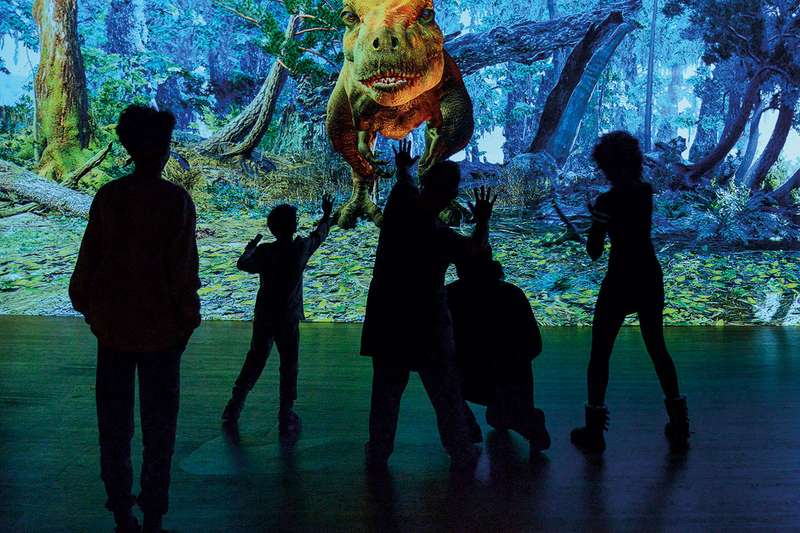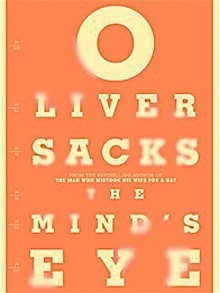
Visiting T. rex: The ultimate predator at the American Museum of Natural History in New York, for New Scientist, 13 March 2019
PALAEONTOLOGY was never this easy. Reach into a bin and pick up a weightless fossil bone hardly smaller than you are. Fling it into the air, in roughly the direction indicated by the glowing orange light. It fixes in place above you with a satisfying click. Add more bones. You are recreating the head of the most fearsome predator known to natural history: Tyrannosaurus rex. Once it is complete, the skull you have made makes this point nicely – by coming after you.
The American Museum of Natural History is 150 years old this year. One of its collectors, Barnum Brown, discovered the first fossil remains of the predator in Montana in 1902. So the museum has made T. rex the subject of its first exhibition celebrating the big anniversary.
The game I was playing, T. rex: Skeleton crew, is also the museum’s first foray into virtual reality. It is a short, sweet, multiplayer game that, if it doesn’t convey much scientific detail, nonetheless gives the viewer a glimpse of the first great puzzle palaeontologists confront: how to put scattered remains together. It also gives a real sense of the beast’s size: a fully grown T. rex (and they could live into their late 20s) was more than 12 metres long and weighed 15 tonnes.
An extended version of this game, for home use, will feature a full virtual gallery tour. It has been put together by the Vive arm of tech firm HTC. Early on, in its project to establish a name in the cultural sector, the company decided not to compete with the digital realm’s top dog, Google Arts & Culture. Google, at least until recently, has tended to brand its efforts quite heavily because it brings a wealth of big data to its projects.
HTC Vive, by contrast, works behind the scenes with museums, cultural organisations and artists to realise relatively modest projects. By letting the client take the lead, it is learning faster than most what the VR medium can do. It cut its teeth on an explorable 3D rendering of Modigliani’s studio in the Tate Modern in London in 2017 and created an immersive exploration of Claude Monet’s approach to painting in The Water Lily Obsession, now a permanent feature at the Musée de l’Orangerie in Paris.
The trick, it seems, is to focus, to make immersion and physical sensation the point of each piece. Above all, the idea is to slow down. VR isn’t a traditional teaching aid. The Monet project in particular revealed how good VR is at conveying craft knowledge.
But if, instead, a VR installation delivers a brief, memorable, even magical experience, this, too, has value. Skeleton crew is a powerful prompt to the imagination. It isn’t, and isn’t meant to be, the star of this show. The models are the real draw here. Traditionally fashioned life-size renderings of tyrannosaurs big and small, scaled, tufted and sometimes fully feathered, their variety reflecting the explosion of palaeobiological research that has transformed our understanding of millions of years of Mesozoic fauna over the past 20 years. We can now track trace chemicals in the material surrounding a fossil so precisely that we even know the colour of some species’ eggs.
T. rex: The ultimate predator certainly delivers on its brash, child-friendly title. Terrifying facts abound. T. rex‘s jaws had a maximum bite force 10 times that of an alligator – enough not just to break bone, but to burst it into swallowable splinters.
But the really impressive thing about the show are the questions it uses to convey the sheer breadth of palaeontology. What did T. rex sound like? No one knows, but here are a mixing desk and some observations about how animals vocalise: go figure. Is this fossil a juvenile T. rex or a separate species? Here is a summary of the arguments: have a think.
Staged in a huge cavern-like hall, with shadow-puppet predators and prey battling for dear life, T. rex: The ultimate predator will wow families. Thankfully, it is also a show that credits their intelligence.


